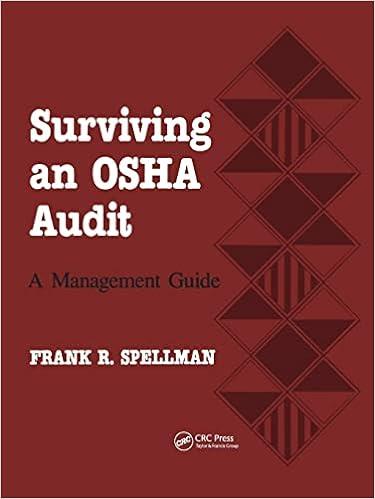Answered step by step
Verified Expert Solution
Question
1 Approved Answer
Consider a project with annual expected income based on approximately $125 million in revenue and approximately $77.5 million in total variable cost. You realize that
- Consider a project with annual expected income based on approximately $125 million in revenue and approximately $77.5 million in total variable cost. You realize that both of these numbers are projected, and that your projections may be incorrect. Your boss wants you to conduct a sensitivity analysis to determine whether the project is a winner. You are entering an established market, and you know the market size will be 1,000,000 units. You are unsure of your exact market share, the price you will be able to charge, and your variable cost per unit, but have determined a range of possible values for each (in the table below). Your initial investment cost is $165 million, but you already own the plant and equipment, which are fully depreciated. Your fixed costs will be $2 million per year. There are no new NWC requirements, and there will be no salvage value because the project does not have a finite lifetime. The tax rate is 35%. The discount rate is 17%. Use the following table to conduct a full sensitivity analysis for the project. Make sure to include the NPV for the expected outcome in your analysis. Also calculate the best- and worst-case scenarios, but assume that cash flows will increase at 0.5% per year over the life of the project for these two scenarios. What are the results of this analysis? (Show your work; more room on next page if needed; if you have a discounting formula that is the same in each calculation, you can label it, and write the label instead of writing out the formula each time).
| Pessimistic | Expected | Optimistic | |
| Market Share | 3.9% | 5.0% | 6.1% |
| Price/unit | $2410 | $2500 | $2590 |
| VC/Unit | $1980 | $1550 | $960 |
- Using the information in Question 1, what is the break-even market size for the project? Show your work, and round to the nearest unit.
- Consider a project similar to the one in question 1, but with the following modifications (use all other information from question 1): the cash flows only last 15 years, you do not current own the plant so you will need to purchase it for $165 million, and you will take straight-line depreciation over the life of the project. Calculate the expected NPV of this project, along with the best- and worst-case scenarios. Show all of your work (written out, not an Excel file). Round to the nearest dollar.
- Calculate the MIRR of the following project. Your initial investment cost is $180, and you will receive cash inflows of $55, $142, and $35 over the next three years. The discount rate is 13%. Show all of your work (written out, not an Excel file). Round to the nearest 0.01%.
- You are considering a project that costs $500 to invest in today, and will pay you $100 next year, $50 in two years, and $100 in three years. The cash inflow will grow at a constant rate of 3% per year after year 3, and you will receive cash inflows for 25 years (total including the first three CFs). Your discount rate is 14%. What is the NPV of the project? Also, what would the NPV be if the cash inflows continued forever? Show your work.
Step by Step Solution
There are 3 Steps involved in it
Step: 1

Get Instant Access to Expert-Tailored Solutions
See step-by-step solutions with expert insights and AI powered tools for academic success
Step: 2

Step: 3

Ace Your Homework with AI
Get the answers you need in no time with our AI-driven, step-by-step assistance
Get Started


